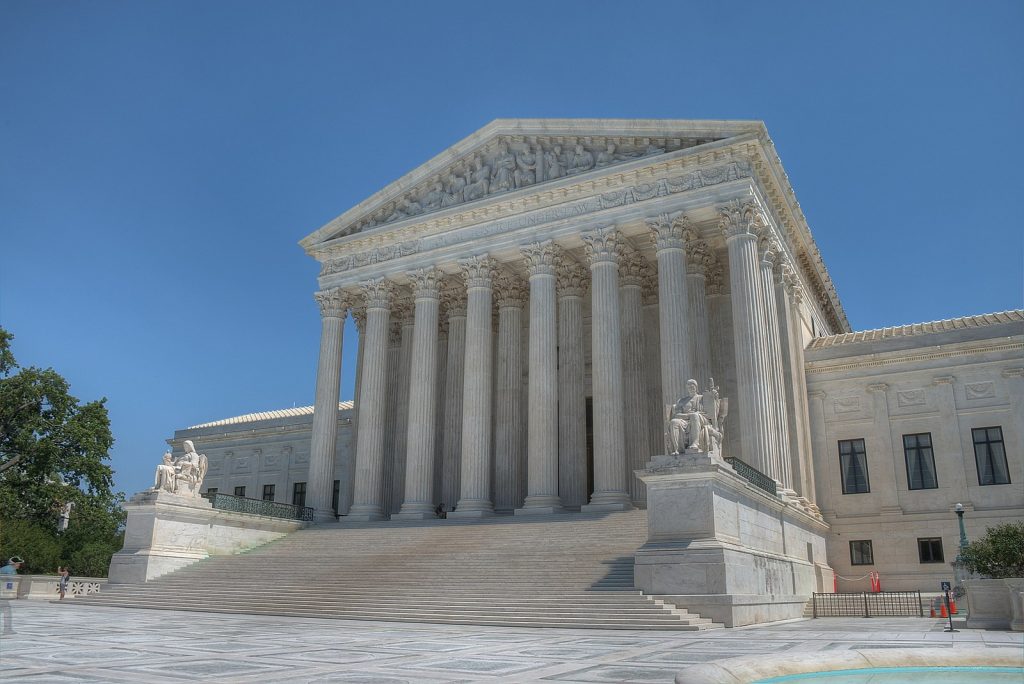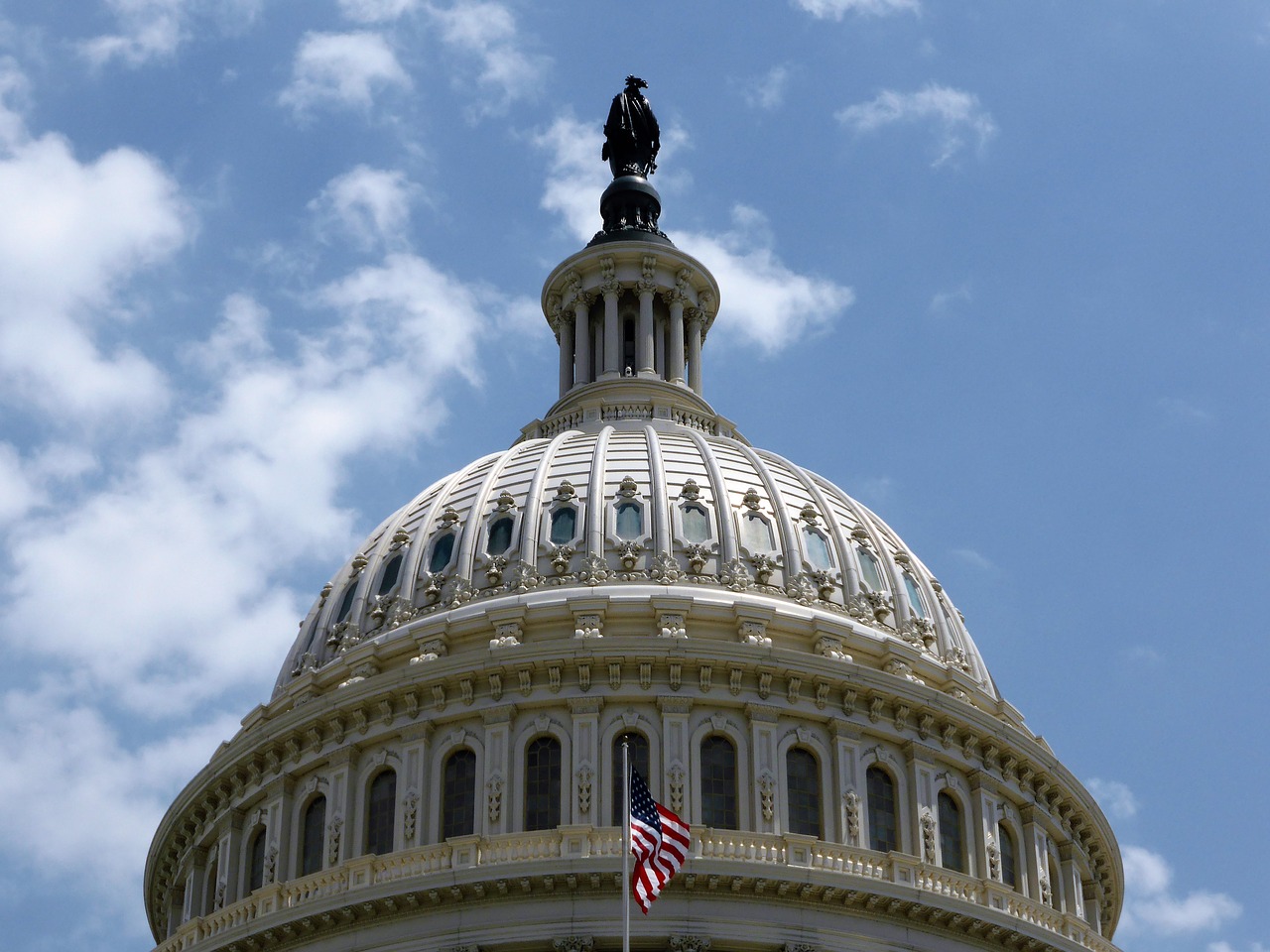The Supreme Court Determines the Fate of Political Representation
On Thursday, June 27 the Supreme Court made its final legal decisions regarding the future of political representation nationwide. From partisan gerrymandering to citizenship status in the census, the two legal cases were decided in 5 to 4 rulings.
In regards to citizenship status in the national census, the Supreme Court has ruled that the citizenship question proposal made by the Department of Commerce and its secretary, Wilbur Ross cannot be applied. According to the majority’s opinion on this particular ruling, the Commerce Department’s explanation of adding the citizenship question was not sufficed. Because of this ruling, Ross and the Commerce Department alongside the Trump administration are likely to repropose as well as reconfigure the citizenship status being added to the census.
With regards to partisan redistricting or gerrymandering, in a 5-4 ruling, the conservative majority has decided that the federal government has no authority regulating state election maps and their own redistricting processes. As a result of this decision, it is now up to the states, the territories, and D.C. to create their own redistricting methods. However, according to the majority opinion penned by Chief Justice Roberts, Congress has the ability to outlaw gerrymandering at the national level.
Nationwide, eight states such as California, Arizona, Colorado, Washington, Idaho, Montana, Alaska, and Michigan already have independent redistricting commissions for their congressional and state legislative boundaries. States such as Arkansas, Virginia, and Oklahoma have a proposal to either abolish or limit gerrymandering.





Comments are closed.